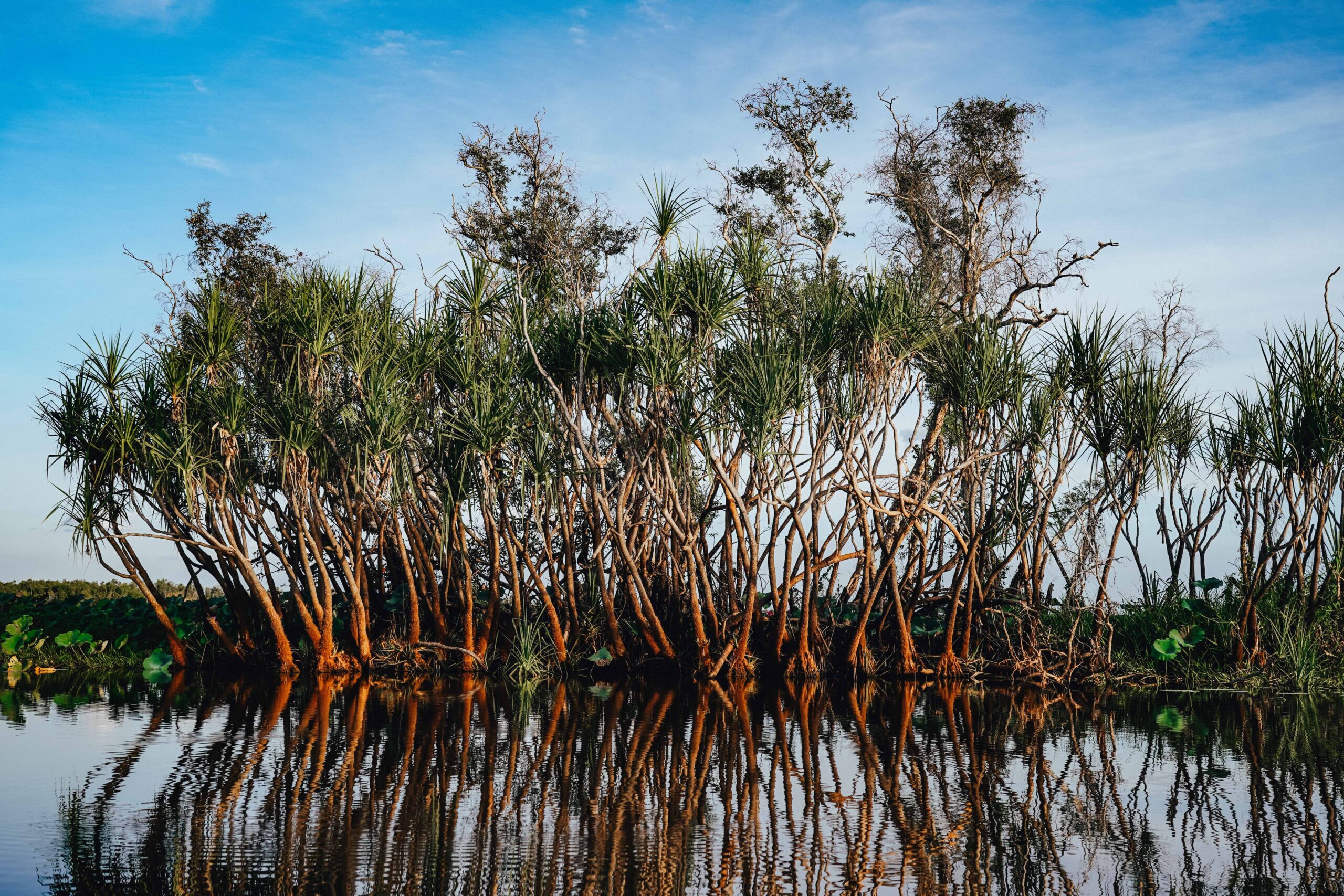Oysters are keystone species to generate biodiversity and bring our oceans to balance again. Their impact on the marine habitat is incredibly positive, but they also offer many benefits beyond the water.
In fact, regenerating oyster populations in degraded areas can provide significant benefits to the environment, economy, and social well-being of coastal communities. At the same time, it is also important to acknowledge the broader scope of coastal restoration efforts, such as kelp, seagrass or mangrove restoration projects.
These are some of the benefits that nature restoration projects bring to coastal communities.
Oyster reefs play a critical role in protecting coastal communities. They grow forming strong 3-dimensional structures that act as natural breakwaters, dissipating wave energy and reducing the impact of storm surges on shorelines.
In addition to providing storm protection, oyster reefs can also help combat erosion. Oyster reefs, just like mangrove forests, help stabilise sediment and reduce the effects of tidal currents and waves. This can help prevent the loss of valuable coastal habitat, which is critical for maintaining biodiversity and providing important ecosystem services.

The benefits of oyster restoration also extend beyond environmental protection. Oyster reefs can also provide economic benefits to coastal communities by supporting commercial and recreational fisheries. Restored oyster populations in no-take zones can help increase the biodiversity of fish and shellfish populations in the surrounding area.
This can create new opportunities for fishing and aquaculture and ensure the livelihoods of future generations of fishermen. In addition, oyster reefs can also provide opportunities for eco-tourism and recreational activities, as well as improve the water quality of swimming areas.
Cedar Key, located on the Gulf Coast in the US, faced significant challenges due to coastal erosion, habitat loss, and declining fish populations.
In response to these issues, the Cedar Key community, along with local organizations and government agencies, implemented a comprehensive marine restoration project. The project focused on restoring oyster reefs, seagrass beds, and salt marshes, which are all critical coastal habitats.

The restoration efforts have yielded numerous benefits for the community. The restored oyster reefs have provided natural shoreline protection, mitigating the impacts of storm surges and reducing erosion. In combination with the seagrass beds and salt marshes, they have also enhanced water quality and provide vital habitats for fish, birds, and other marine species.
Moreover, the restored habitats have revived the local fishing industry, supporting the livelihoods of fishermen and creating economic opportunities for the community. Cedar Key has also become a popular ecotourism destination, attracting visitors interested in experiencing the restored coastal ecosystems and engaging in activities such as fishing, boating, and birdwatching.

At Oyster Heaven we put the local communities at the forefront of our projects and it is these groups that lead them. We know that if any projects have a chance of success, they must be co-created with local communities.
By regenerating oyster reefs, we can create a more resilient and sustainable coastal environment for both human and ecological communities. As we face the challenges of climate change, oyster restoration may prove to be an increasingly valuable tool for coastal management and conservation.